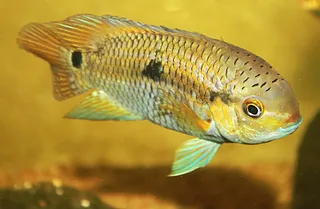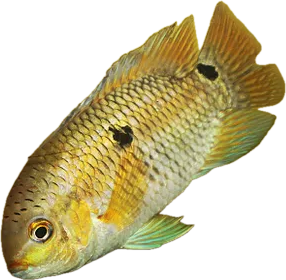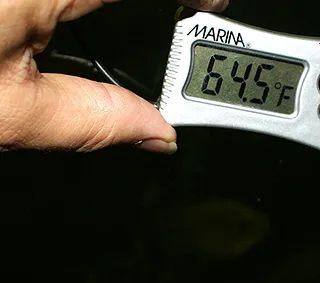Of course if you get a true wild caught oscar, your water parameters would need to be perfect, such as soft, and acidic pH (6.8 or lower) and enough water changes to maintain very low, or undetectable nitrate.
With aquarium strain oscars, if your water parameters vary from the pristine wild, or you don't do enough water changes, it may take 2 or 3 years before diseases like HITH set in.
Sorry to be blunt, but HITH seems to be quite normal (at least from what I see in the disease section) for those aquarists that aren't persnickety about water quality.
With aquarium strain oscars, if your water parameters vary from the pristine wild, or you don't do enough water changes, it may take 2 or 3 years before diseases like HITH set in.
Sorry to be blunt, but HITH seems to be quite normal (at least from what I see in the disease section) for those aquarists that aren't persnickety about water quality.












